Using everyday language to compare quantities and objects
Exploring characteristics of everyday objects and shapes and describing them
Comparing and writing numbers
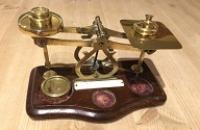
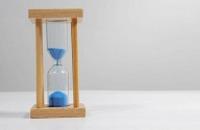
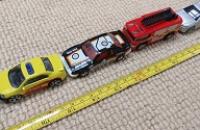
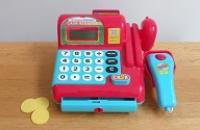
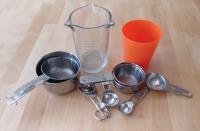
Children often enjoy wrapping up parcels.
Adults could provide a role-play scenario such as a birthday party, a post office or a giftwrap service, where children can experiment with wrapping boxes.
The Activity
Children choose some toys to wrap up as presents. Model wrapping a present where the paper doesn't fit and then show how to allow enough to overlap and stick down. Offer boxes, paper and resources for wrapping parcels.
Encouraging mathematical thinking and reasoning:
Describing
How much paper will you need for that one, do you think?
How will you check you have enough?
How are you going to wrap it? Tell me how you wrapped it - what did you do first?
Which box will you choose for your present? How are the boxes different?
Reasoning
Is this big enough? Is this enough sticky tape? How do you know?
How do we know where to put the box on the paper to wrap it?
Opening Out
Is there another way of wrapping that takes less paper? Less tape?
How much shall we charge for posting this parcel? What about this big/small one?
How much shall we charge for the jiffy bags?
How much does this parcel weigh? What stamp should we put on?
Recording
Can you make a price list for posting the different parcels? For the jiffy bags?
Can you write the address on the label? What is the house number?
Can you make a label to show what the parcel weighs?
The Mathematical Journey
Measures:
- using comparison language e.g. much, a little, bigger, larger, smaller, taller, longer, shorter, wider, narrower, heavier, lighter
- estimating the area of the paper needed to cover all the box faces (and to overlap)
Shape and space:
- using positional language such as under, over, round, sideways, on top, underneath ...
- developing language to describe cuboids e.g. edge, corner, side, face ...
Number:
- using symbols appropriately e.g. house number, price or weight
Development and Variation
Suggest a birthday party for a toy such as a teddy. What might Teddy like? Offer different-sized boxes and gifts and let the children choose one to put in a box and wrap up.
Some children may have played 'Pass the Parcel' at parties. Suggest that they make their own 'Pass the Parcel' with a surprise at the end and use these for a real game.
Set up a post office, with boxes and jiffy bags of different sizes. Provide scales and make price lists for parcels of different weights. Children can use pretend stamps in different amounts.
See the NRICH EYFS activity Presents for children to investigate relative weights.
Mister Magnolia by Quentin Blake is a story about receiving a surprise parcel.
Resources
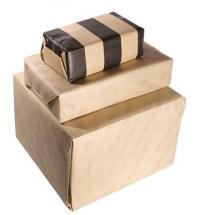
- Wrapping paper - plain or patterned (by the children)
- Sticky tape in dispensers
- String/ribbon of different lengths
- Scissors
- Boxes of different size and shapes (cuboids are easiest to begin with)
- Jiffy bags in different sizes
- Weighing scales - preferably balances
- Pretend stamps and money
- Paper and pens to make price lists
- Labels (sticky/tie-on)
Download a PDF of this resource.
Acknowledgement: Helen J Williams

